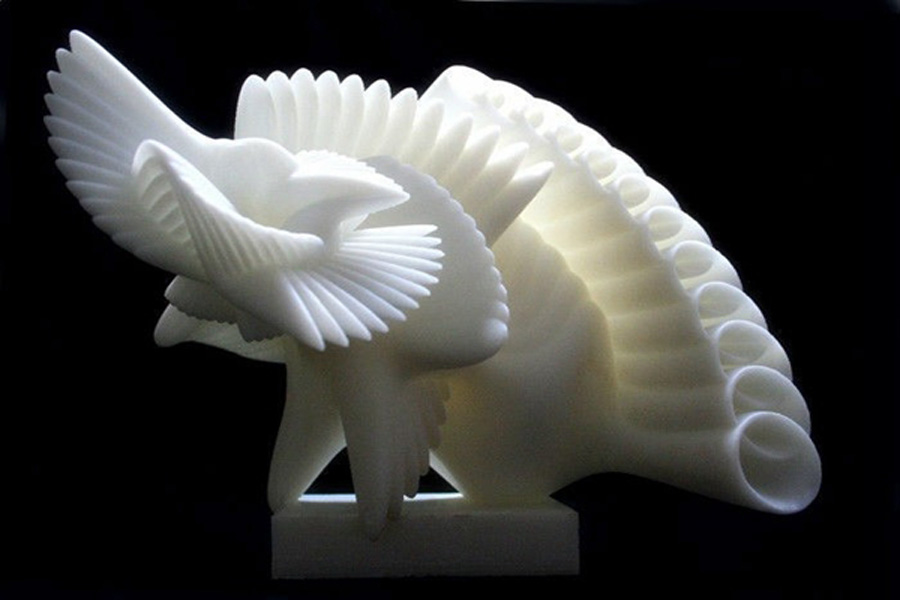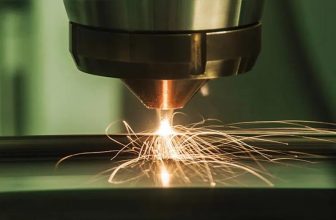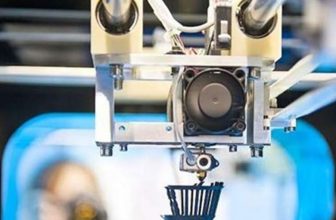
Although the main components of SLA resin are similar to ordinary light-curing resins, similar to coatings before curing and similar to general plastics after curing, the uniqueness of the SLA process makes it different from ordinary light-curing resins.
The use of SLA technology to manufacture prototype parts requires fast and accurate, strict requirements on the accuracy and performance of the parts, and requires easy operation in the forming process. SLA performance requirements are relatively special, and generally should meet the following requirements: the viscosity of the resin before curing, photosensitivity, and the accuracy and mechanical properties of the material after curing.
Therefore, this material must have the following characteristics;
(1) The performance is stable before curing, which is convenient for transportation and storage, and there is basically no dark reaction.
The photosensitive resin used for SLA is usually not taken out once it is injected into the resin tank, and will be added later as it is continuously consumed during use. Therefore, the use time of the resin is generally very long, that is, the resin is required to be under normal conditions. Thermal polymerization will not occur, and it should have high stability to visible light. In order to ensure the stable performance of the resin during the long-term molding process.
(2) Low viscosity
The SLA manufacturing process is formed by stacking layer by layer. When one layer is made, the effect of liquid surface tension makes it difficult for the resin to automatically cover the surface of the cured layer. Scrape and coat the surface once, and scan after the liquid level is stable, otherwise the parts will have defects. Therefore, the viscosity of the resin becomes an important performance index. When other properties remain unchanged, the lower the viscosity of the resin, the better. This not only shortens the production time, but also facilitates the addition of resin and the cleaning of waste liquid.
(3) Small curing shrinkage
The main problem of SLA is manufacturing accuracy. The shrinkage during forming will not only reduce the accuracy of the part, but more importantly, it will also lead to the warpage, deformation, and cracking of the part. In severe cases, the part will be moved by the scraper during the forming process, resulting in complete failure of forming. Therefore, the resin used for SLA should be made of materials with less shrinkage as much as possible.
(4) High degree of one-time curing.
Some SLA resins cannot be directly applied after being made into parts. They need to be post-cured in a UV light box. However, during the curing process, it is impossible to ensure that the light intensity received in all directions and on all sides is the same. This will cause the parts to be produced. The overall deformation seriously affects the accuracy of the parts.
(5) Small swelling
During the forming process, the cured product is immersed in the liquid resin. If the cured product swells, it will not only affect the strength of the part, but also cause the cured part to swell, causing overflow, and seriously affecting accuracy. The surface of the molded part has a lot of uncured resin that needs to be cleaned with a solvent. When washing, it is desirable to remove only the uncured part without affecting the surface of the part. Therefore, it is hoped that the cured product has better solvent resistance.
(6) Fast curing speed, greater absorption and faster response to light with a wavelength of 355 nm.
SLA generally uses ultraviolet lasers. The energy concentration of the laser can ensure the high precision of the parts, but the scanning speed of the laser is very fast, generally greater than 1m/s. Therefore, the time of light acting on the resin is extremely short, and the resin only has this wavelength. The light has greater absorption and faster response speed, so that it can be cured quickly.
(7) High strength of semi-finished products
In order to ensure that the parts will not be deformed, swelled, bubbles and layer separation will not occur during the post-curing process.
(8) The cured product has good mechanical properties
Such as high breaking strength, impact strength, hardness, chemical resistance, easy washing and drying, and good thermal stability. Among them, precision and strength are the two most important indicators of rapid prototyping. The strength of rapid prototyping parts is generally not high, especially SLA parts, which were generally brittle in the past and difficult to meet the requirements of functional parts, but in recent years Some companies have also introduced materials with higher toughness and strength.
(9) Low toxicity.
The use of toxic oligomers, monomers and photoinitiators should be avoided as much as possible to protect the health of operators and avoid environmental pollution. The future rapid prototyping can be done in the office, so you need to consider a little bit more when designing the formula.





